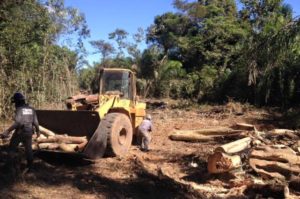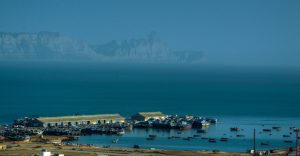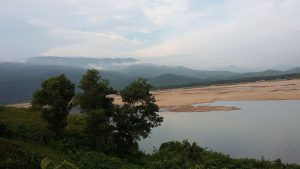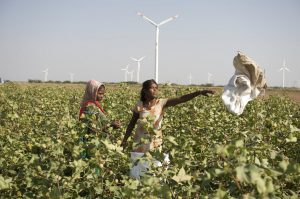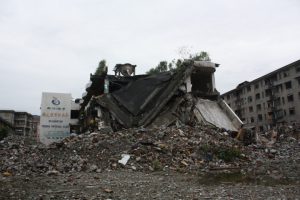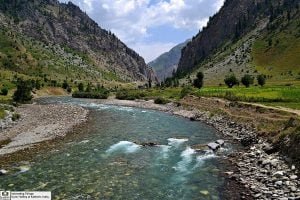Bhutan’s hydropower projects, built in conjunction with India, have been the backbone of its economic growth for the last few decades. Often touted as a “green alternative” because they are run of the river projects, they and Bhutan’s extensive forest cover, were the centrepiece of Bhutan’s COP21 commitments – considered the most ambitious in the world
A new study, though, is questioning these assumptions. Vasudha foundation, a non-profit organisation based in India, recently released its report, titled, “A Study of the India-Bhutan Energy Cooperation Agreements and the Implementation of Hydropower Projects in Bhutan”.
See: Dam building spoils Bhutan’s green image
See: Erratic weather spells tough time ahead for Bhutan’s hydropower
In July 2006, India and Bhutan signed a framework agreement on hydropower development and trade, and undertook to develop 10,000 MW of hydropower from 10 large projects by 2020.
The study report pointed out that both governments have approved hydropower projects before assessing them for environmental impacts and this has contributed to adverse environmental consequences. Six hydropower projects – Chhukha, Kurichhu, Tala, Punatsangchhu-I and II and Mangdechhu – were selected for the study, and the heavy environment impact of the projects was obvious.
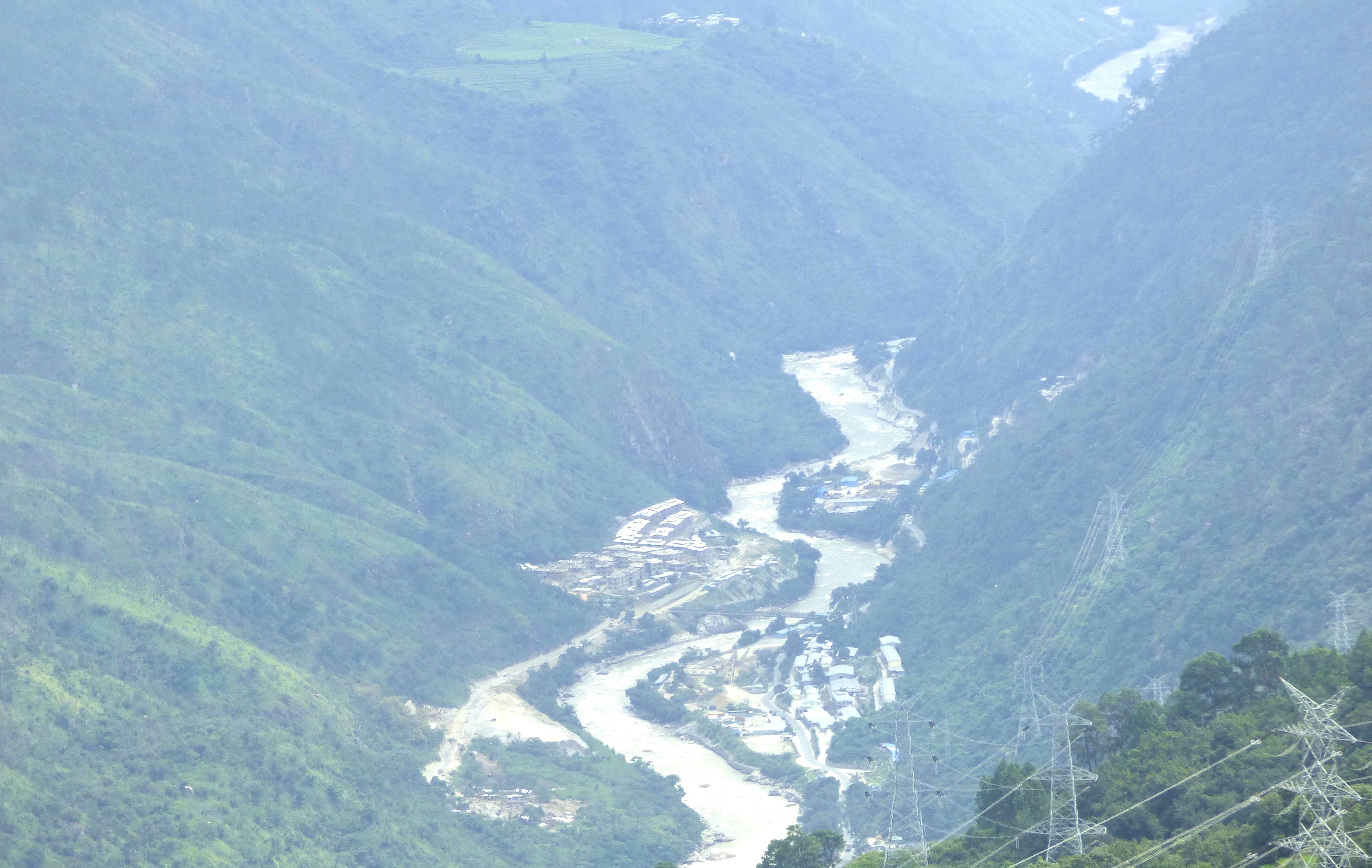
In the case of the Wangchhu river, the land use change map reveals that a 10 kilometre stretch from the Chhukha headrace tunnel and another 25 kilometre stretch from the Tala headrace tunnel are practically dry with very limited water flow. The two projects together affect an entire stretch of almost 35 kilometre of the Wangchhu river. This can severely affect the riverine ecology and have irrevocable implications for ground water aquifers and ground water recharge in the region, stated the report.
Furthermore, according to the report, the impact of the Punatsangchhu-I and II and Mangdechhu is impossible to assess because the impact assessment reports do not delineate significant information. Construction work for these projects is ongoing, and their impact will only become clear once they come online. Nevertheless the report stated that the habitat of the critically endangered White-bellied Heron (Ardeainsignis) is under threat due to the development of the Punatsangchhu.
In the case of the Nikachhu hydro project underground drilling was permitted in the buffer zone of a reserve park. The construction of transmission lines through reserve forests and protected areas has negatively impacted forest cover and watershed areas.
Too little regulation, too late
The study pointed out that various regulatory bodies such as the National Environment Commission, Department of Forest and Park Services, Ministry of Labour and Human Resources, and Ministry of Works and Human Settlement, are empowered to screen and assess projects for environmental, social and cultural impacts projects. Unfortunately, in the case of the projects implemented under the India-Bhutan energy cooperation agreement, these agencies become involved only after the government of Bhutan gives its go-ahead by signing an agreement with India to implement the project.
This means that any assessment is usually too late to change major parameters. Environment impact assessment for Chhukha, Kurichhu and Tala projects were not conducted as work began prior to the Environmental Assessment Act 2000. While environment impact assessments for Punatsangchhu-I and II and Mangdechhu hydropower projects were conducted but not made available.
“Lack of access to critical information makes it difficult to determine if projects have been followed environmental norms, but preliminary information indicates that the environment is taking a backseat in new developments,” the study pointed out.
Environment studies for projects were undertaken by Indian agencies such as the Water and Power Consultancy Services India (WAPCOS), Guwahati University and the Dehradun based Forestry Research Institute. The EIA reports completed by WAPCOS for projects in India have come under severe criticism in the past.
Bhutanese PM responds
Responding to the strong concerns cited in the study, Bhutan’s prime minister Tshering Tobgay said, “If they are concerned about our environment, I am also concerned. They should have met concerned people from the government before publishing.”
The prime minister told thethirdpole.net that, “I agree hydropower projects do damage the environment. But the hydropower projects in Bhutan, which are run-of the river schemes, do the least damage.”
The Dala, Chukha and Punatsangchu-I or II dams are not reservoir dams but run-of-the-river schemes, and do not damage the environment as much as reservoir schemes, he said. However, other projects in the pipeline, such as the Sunkosh dam, will involve large reservoirs, which may flood agricultural land and important religious sites. The prime minister argued that the income from the dams would allow the government to offset the environmental costs.

Moreover he said that hydropower was better than the more polluting alternatives that would be even more harmful to the environment. “When we have hydropower, we do not have to use thermal power, or power generated from nuclear sources or coal. That is good for the environment. In that context hydropower is good for environment,” he said.
His argument was that climate change induced by the use of other forms of energy generation was destabilising glaciers, and thus leading to far greater dangers to the watershed. By using hydropower, he said, “We take care of watershed upstream of Punatsangchu, the river basin, and Mochu and Pochu, the glaciers to have predictable and sustainable source of waterpower for hydropower.”
The use of hydropower in Bhutan, Tobgay said, “offsets the use of fossil fuels from outside of Bhutan, and inside the country, we are able to maintain the integrity.

